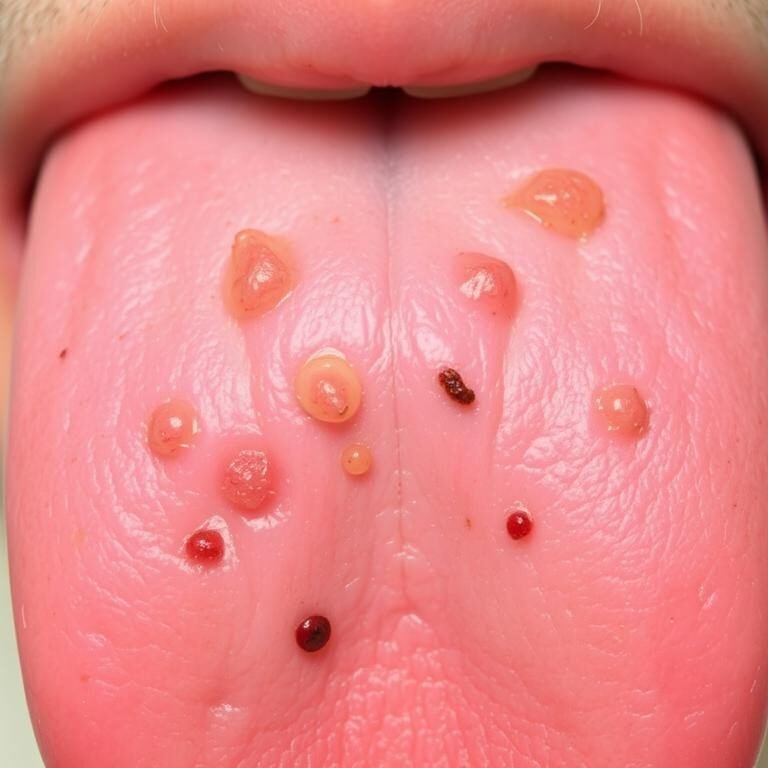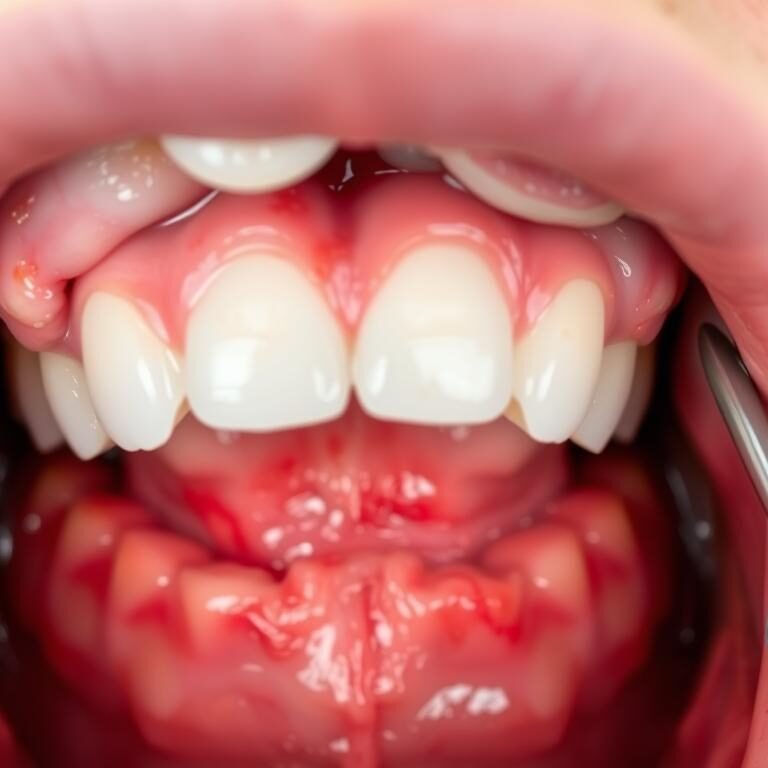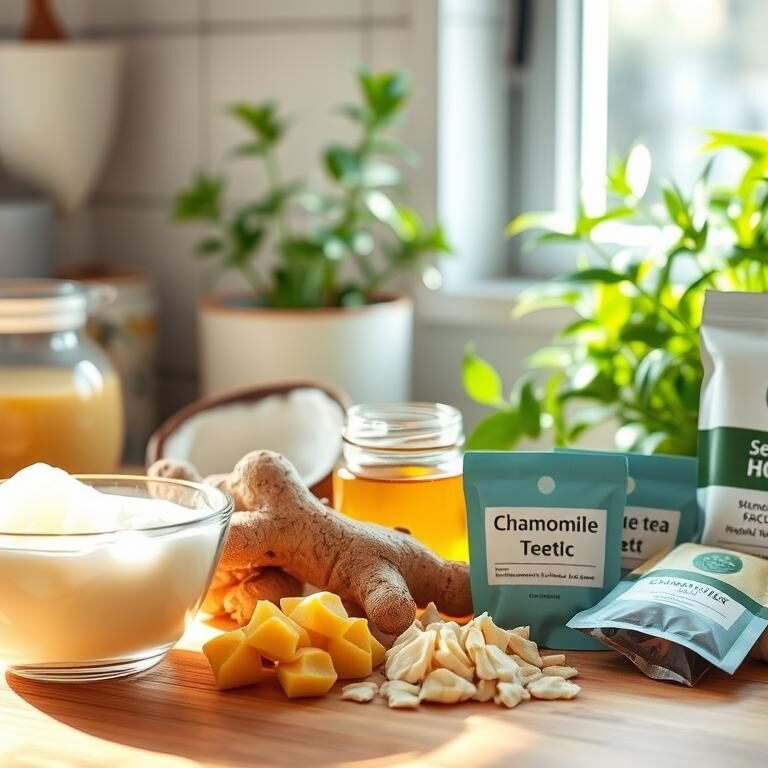Table of Contents
Setting Achievable Goals for Oral Hygiene
When setting achievable goals for oral hygiene, it is crucial to consider your current dental routine and assess areas that may need improvement. Begin by establishing specific objectives that are realistic and measurable, such as committing to brushing twice a day for two minutes each session and flossing at least once daily. By setting clear targets, you can track your progress effectively and stay motivated to maintain good oral health habits.

In addition to outlining your goals, it’s essential to create a plan of action that includes practical steps to reach them. This could involve scheduling regular dental checkups, investing in the right oral care products, and making dietary adjustments to promote dental wellness. By breaking down your goals into manageable tasks and establishing a timeline for their achievement, you can enhance your oral hygiene routine and work towards a healthier smile.
Prioritizing Regular Dental Checkups
Regular dental checkups are a cornerstone of maintaining optimal oral health. Visiting your dentist at least twice a year allows for early detection and prevention of dental issues. During these checkups, your dentist will perform a thorough examination, including checking for cavities, gum disease, and oral cancer. Early detection can lead to more effective and less invasive treatments, saving you time and money in the long run.
In addition to examinations, regular dental checkups also involve professional cleanings to remove plaque and tartar buildup that cannot be effectively removed with regular brushing and flossing alone. These cleanings help prevent gum disease and cavities, promoting overall oral health. Your dentist may also provide personalized recommendations for your oral hygiene routine based on your specific needs, ensuring that you are taking the best possible care of your teeth and gums between visits.
Committing to Daily Brushing and Flossing
Daily brushing and flossing are essential components of maintaining good oral hygiene and preventing dental issues. Brushing your teeth twice a day, in the morning and before bedtime, helps to remove plaque and food particles that can lead to cavities and gum disease. It is recommended to use a soft-bristled toothbrush and fluoride toothpaste to effectively clean your teeth and protect against decay. Additionally, flossing daily is crucial for cleaning between teeth and along the gumline where a toothbrush cannot reach, reducing the risk of plaque buildup and inflammation.

Consistency in your daily oral care routine is key to achieving optimal oral health. By committing to the habit of brushing and flossing every day, you not only improve the cleanliness of your mouth but also contribute to overall health and well-being. Proper oral hygiene habits can prevent costly and painful dental problems in the future, supporting a healthy smile for years to come.
Choosing the Right Toothbrush and Toothpaste
When it comes to selecting the right toothbrush and toothpaste, it is essential to consider factors that can contribute to your overall oral health. The bristles of the toothbrush play a crucial role in cleaning your teeth effectively. Opt for a toothbrush with soft bristles to prevent damage to the enamel and gums. Additionally, choosing a toothbrush with a small head can help reach difficult areas in your mouth, ensuring a thorough clean with each brushing session. Remember to replace your toothbrush every three to four months or sooner if the bristles are frayed, as an old toothbrush may not be as effective in removing plaque and debris from your teeth.
In terms of toothpaste, selecting one that contains fluoride is highly recommended to strengthen enamel and prevent tooth decay. Fluoride helps in remineralizing the tooth surface, making it more resistant to acid attacks from bacteria in the mouth. Moreover, if you have specific dental concerns such as sensitivity or gum disease, there are toothpaste options tailored to address these issues. Consulting with your dentist can help you determine the most suitable toothpaste for your individual needs, ensuring optimal oral health maintenance.
Limiting Sugary and Acidic Foods and Drinks
Consuming a diet high in sugary and acidic foods and drinks can have detrimental effects on your oral health. These types of food and beverages can contribute to tooth decay and erosion, leading to cavities and enamel wear over time. Sugar, in particular, serves as fuel for the harmful bacteria in the mouth that produce acids, which attack the teeth and weaken their structure. Similarly, acidic foods and drinks can directly erode the enamel, making the teeth more vulnerable to decay and sensitivity. By limiting the intake of sugary and acidic items, you can significantly reduce the risk of dental issues and promote a healthier mouth.

It is essential to be mindful of the hidden sugars and acids present in many common foods and beverages. Processed snacks, carbonated drinks, fruit juices, and even seemingly healthy options like smoothies can be surprisingly high in sugar and acidity. Checking labels for ingredients and opting for low-sugar or sugar-free alternatives can help protect your teeth from prolonged exposure to harmful substances. Additionally, practicing moderation and incorporating more fresh fruits, vegetables, and water into your diet can support overall oral health and reduce the impact of sugary and acidic consumables on your teeth.
Incorporating More Water into Your Diet
Staying hydrated is crucial for maintaining optimal oral health. Water is not only essential for overall well-being but also plays a significant role in keeping your mouth healthy. Incorporating more water into your diet can help wash away food particles and bacteria that can lead to plaque buildup and tooth decay. Additionally, water helps stimulate saliva production, which is essential for neutralizing acids in the mouth and protecting tooth enamel.
| Ways to Incorporate More Water into Your Diet | Description |
|---|---|
| 1. Carry a reusable water bottle | Keep a water bottle with you throughout the day to sip on and stay hydrated. |
| 2. Set reminders to drink water | Use apps or alarms to remind yourself to drink water at regular intervals. |
| 3. Flavor water with fruits and herbs | Add slices of fruits like lemon, cucumber, or herbs like mint to infuse flavor into your water. |
| 4. Drink water before meals | Drink a glass of water before meals to help control appetite and stay hydrated. |
| 5. Substitute sugary drinks with water | Replace sugary sodas, juices, and energy drinks with water to reduce sugar intake. |
| 6. Keep water easily accessible | Place water pitchers or dispensers in visible areas to encourage drinking. |
| 7. Eat water-rich foods | Consume foods with high water content such as cucumbers, watermelon, and oranges. |
| 8. Drink water during workouts | Hydrate before, during, and after exercise to replenish fluids lost through sweat. |
Drinking water throughout the day, especially after meals, can help rinse your mouth and reduce the risk of cavities and gum disease. Opting for water over sugary or acidic beverages can also limit the exposure of your teeth to harmful substances that can erode enamel and promote decay. Remember, water is not only beneficial for your body but also for your oral cavity, so make it a habit to reach for a glass of water regularly to support your dental health.
Avoiding Tobacco Products

Tobacco use is a significant risk factor for various oral health issues, including gum disease, tooth decay, bad breath, and even oral cancer. The harmful chemicals present in tobacco products not only stain teeth but also compromise the overall health of your mouth. By avoiding tobacco products altogether, you can greatly reduce the likelihood of developing these serious oral health conditions and maintain a healthier smile.
Furthermore, tobacco use can also hinder the success of certain dental procedures, such as teeth whitening treatments and gum disease therapies. The nicotine and tar in tobacco can interfere with the healing process and compromise the outcomes of such interventions. Therefore, by steering clear of tobacco products, you not only safeguard your oral health but also ensure that any dental treatments you undergo have the best chance of being effective in restoring your smile.
Exploring Teeth Whitening Options
When considering teeth whitening options, it’s important to consult with your dentist to determine the most suitable treatment for your specific needs. Professional teeth whitening procedures performed at the dental office are highly effective in removing stubborn stains and achieving noticeable results in a shorter amount of time compared to over-the-counter products. These treatments often involve the application of a bleaching agent to the teeth, which is activated by a special light to accelerate the whitening process.
For individuals looking for a more convenient at-home option, there are various over-the-counter teeth whitening products available, such as whitening toothpaste, strips, gels, and trays. While these products may help improve the appearance of your teeth gradually, they may not provide the same level of effectiveness as professional treatments. It’s crucial to follow the instructions carefully and not exceed the recommended usage to avoid potential sensitivity or damage to the teeth and gums. Professional guidance from your dentist can help you navigate the options available and choose the most suitable teeth whitening method for your oral health goals.
| Teeth Whitening Options | Description |
|---|---|
| 1. Professional In-Office Treatment | Conducted by a dentist, using high-concentration bleaching agents and light activation for immediate and noticeable results. |
| 2. At-Home Whitening Kits | Over-the-counter kits containing whitening gel and trays or strips to apply at home, usually less potent than professional treatments. |
| 3. Whitening Toothpaste | Toothpaste formulated with mild abrasives or chemicals to help remove surface stains and gradually whiten teeth. |
| 4. Whitening Strips | Thin, flexible strips coated with a whitening gel, applied directly to the teeth for a specified period, typically daily. |
| 5. Whitening Pens | Portable pens containing whitening gel, used to directly apply the gel to the teeth’s surface for targeted whitening. |
| 6. Natural Remedies | Utilizing substances like baking soda, hydrogen peroxide, or activated charcoal for DIY teeth whitening, with varying efficacy. |
| 7. Professional Take-Home Kits | Custom trays provided by a dentist along with professional-grade whitening gel, offering a middle ground between in-office and OTC options. |
Investing in Orthodontic Treatment if Needed
Orthodontic treatment is a vital aspect of oral health care, especially for individuals with misaligned teeth or jaw issues. By investing in orthodontic treatment if needed, you are taking proactive steps towards improving not only the aesthetics of your smile but also the functionality of your teeth and overall oral health. With advancements in orthodontic technology, there are now various options available, such as traditional braces, clear aligners, and lingual braces, catering to different needs and preferences.
Orthodontic treatment can address a range of issues, including crowded or crooked teeth, overbites, underbites, and spacing irregularities. Beyond the cosmetic benefits of straighter teeth, properly aligned teeth are easier to clean, reducing the risk of dental issues like cavities and gum disease. Moreover, orthodontic treatment can improve bite function, alleviate jaw pain, and enhance overall oral health. Consulting with a qualified orthodontist can help determine the most suitable treatment plan tailored to your specific needs, ultimately leading to a healthier and more confident smile.
Practicing Proper Technique for Brushing and Flossing
When it comes to maintaining good oral hygiene, practicing proper technique for brushing and flossing is paramount. Many people underestimate the importance of these daily habits in preventing dental issues such as cavities and gum disease. To brush effectively, use a soft-bristled toothbrush and fluoride toothpaste. Hold the brush at a 45-degree angle to the gums and make gentle circular motions on the front, back, and chewing surfaces of the teeth. Be sure to brush for at least two minutes, twice a day, to thoroughly clean your mouth and remove plaque buildup.
Flossing is equally crucial for reaching the tight spaces between teeth where a toothbrush cannot reach. Use about 18 inches of floss and gently slide it between each tooth in a C-shape motion, making sure to clean below the gum line. Aim to floss once a day to remove food particles and prevent bacteria from causing decay. Practicing proper brushing and flossing techniques not only keeps your smile looking bright but also contributes to your overall health by reducing the risk of systemic diseases associated with poor oral hygiene.
Implementing a Mouthwash Routine
Mouthwash can be a beneficial addition to your daily oral hygiene routine, providing an extra layer of protection against bacteria and plaque buildup. By incorporating a mouthwash routine into your regimen, you can reach areas of the mouth that brushing and flossing might miss, promoting overall oral health. Opt for an antiseptic mouthwash containing ingredients like chlorhexidine or cetylpyridinium chloride to help reduce bacteria and combat bad breath effectively.
Consistent use of mouthwash after brushing and flossing can also help to prevent cavities, gum disease, and other oral health issues. Remember to follow the instructions on the label regarding the recommended amount and duration of rinsing for maximum effectiveness. Including mouthwash in your oral care routine can contribute to a fresher breath, healthier gums, and a cleaner mouth overall.
Considering Dental Sealants for Added Protection
Dental sealants are a valuable tool in protecting teeth, particularly for children who may have a higher risk of developing cavities. These thin protective coatings are typically applied to the chewing surfaces of molars and premolars to create a barrier against bacteria and food particles that can lead to decay. By sealing off the deep grooves and crevices of these teeth, sealants help to prevent plaque buildup and ultimately reduce the likelihood of cavities forming. Research has shown that dental sealants can be highly effective in decreasing the incidence of tooth decay, with one study indicating that children between the ages of 6 and 11 who received sealants experienced 86% fewer cavities in their molars compared to those who did not.
It is important to note that while dental sealants offer significant protection against cavities, they are not a substitute for proper oral hygiene practices. Regular brushing and flossing remain essential for maintaining overall oral health. However, when used in conjunction with a thorough oral care routine, sealants can offer an additional layer of defense against decay, particularly in hard-to-reach areas of the teeth. Parents and caregivers should consider discussing the potential benefits of dental sealants with their child’s dentist to determine if they are a suitable option for enhancing their oral health regimen.
Educating Yourself on Oral Health
Understanding the importance of oral health is crucial in maintaining a healthy smile and overall well-being. Educating yourself on oral health encompasses a variety of aspects, from the proper techniques of brushing and flossing to the impacts of sugary and acidic foods on your teeth. By staying informed on the latest advancements in dental care and research, you can make informed decisions about your oral hygiene routine and preventive measures against potential dental issues. Regularly educating yourself on oral health not only enhances your dental knowledge but also empowers you to take proactive steps in safeguarding your oral health for the long term.
Delving into the realm of oral health education provides insights into the significance of dental check-ups, preventive care, and the latest treatment options available. By staying abreast of developments in oral health, you can make informed decisions on selecting the right toothbrush, toothpaste, and mouthwash tailored to your specific needs. Education on oral health also enables you to understand the impact of lifestyle habits such as smoking and dietary choices on your dental health. By acquiring knowledge in this field, you equip yourself with the tools to make informed choices that contribute to a healthier smile and a brighter future for your oral well-being.
Tracking Your Progress and Celebrating Milestones
Tracking your progress in maintaining good oral hygiene is essential for evaluating the effectiveness of your efforts. By keeping a record of your brushing and flossing habits, as well as regular dental visits, you can identify areas for improvement and ensure consistency in your routine. Monitoring changes in your oral health, such as reduced plaque buildup or improved gum health, can be rewarding and motivating, encouraging you to stay committed to your oral care regimen.
Celebrating milestones in your oral hygiene journey can help reinforce good habits and provide a sense of accomplishment. Whether it’s reaching a specific goal like consistent daily flossing for a month or achieving a cleaner bill of health at your dental checkup, acknowledging and rewarding yourself for these achievements can boost your confidence and incentivize continued dedication to your oral health. Remember to celebrate not only the big milestones but also the small victories along the way, as each step forward contributes to your overall oral well-being.
Seeking Professional Help for any Dental Concerns
When it comes to maintaining optimal oral health, it is crucial to seek professional help for any dental concerns that may arise. Dentists are highly trained professionals who can provide expert guidance and treatment to address a wide range of dental issues. Whether you are experiencing tooth pain, gum inflammation, or any other troubling symptoms, scheduling an appointment with a dentist is the first step towards resolution.
Professional dental care is essential not only for treating existing problems but also for preventing future issues from arising. Regular dental check-ups and cleanings can help detect potential problems early on, allowing for prompt intervention and preventive measures. By entrusting your oral health to a qualified dentist, you can benefit from personalized care tailored to your specific needs and ensure the longevity of your smile.
How often should I visit the dentist for regular checkups?
It is recommended to visit the dentist at least twice a year for regular checkups and cleanings.
What are some signs that indicate I should seek professional help for a dental concern?
Some signs that you should seek professional help for a dental concern include persistent tooth pain, bleeding gums, loose teeth, or any unusual changes in your oral health.
Are there any natural remedies that can help improve oral hygiene?
While natural remedies such as oil pulling or using certain herbs may provide some benefits, it is still important to prioritize regular dental checkups and professional dental care for optimal oral health.
Is it necessary to floss every day?
Yes, it is important to floss daily to remove plaque and food particles from between your teeth that your toothbrush cannot reach.
How can I find the right toothbrush and toothpaste for my specific dental needs?
It is best to consult with your dentist to determine the right toothbrush and toothpaste for your specific dental needs, as they can recommend products based on factors such as sensitivity, gum health, and whitening preferences.











